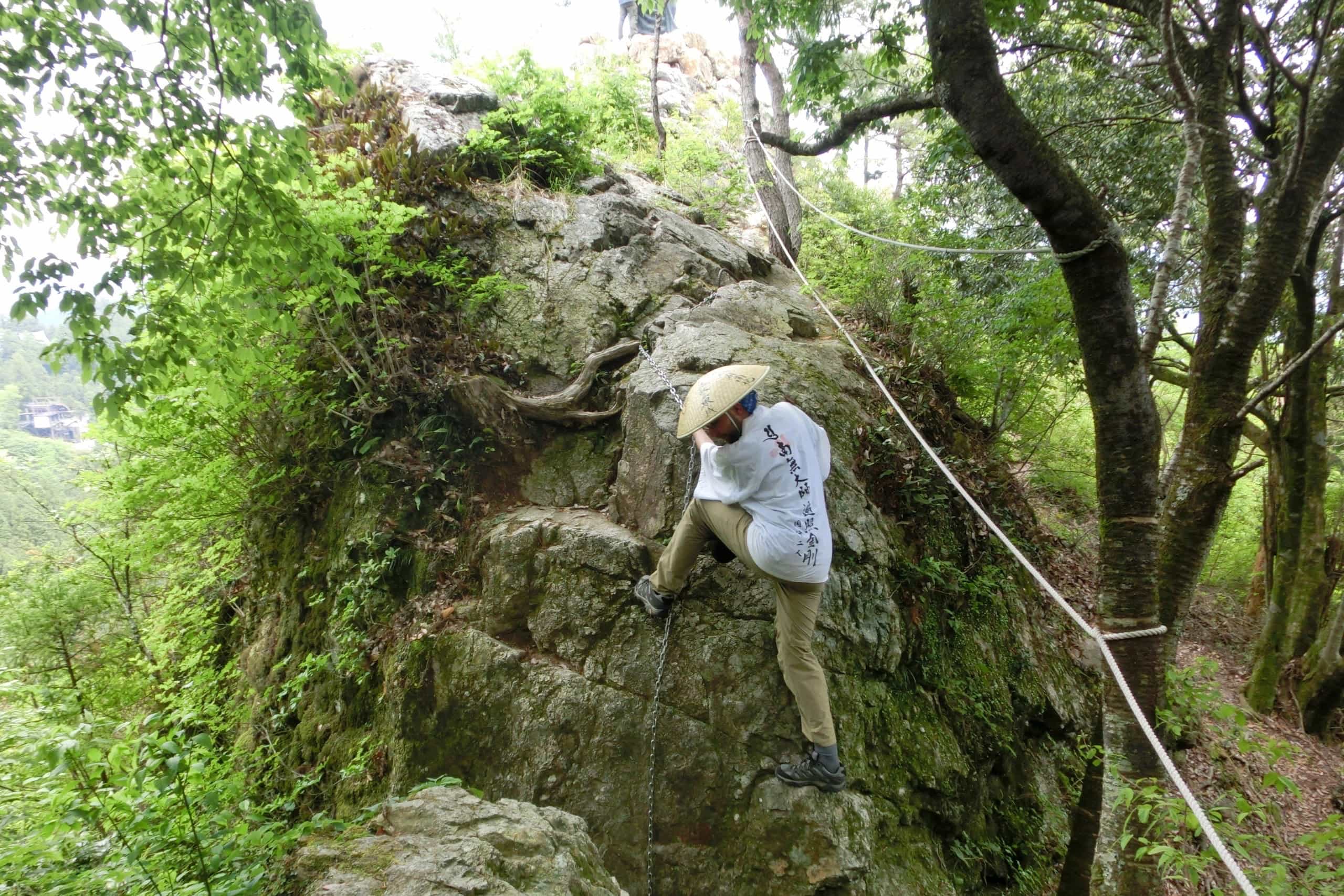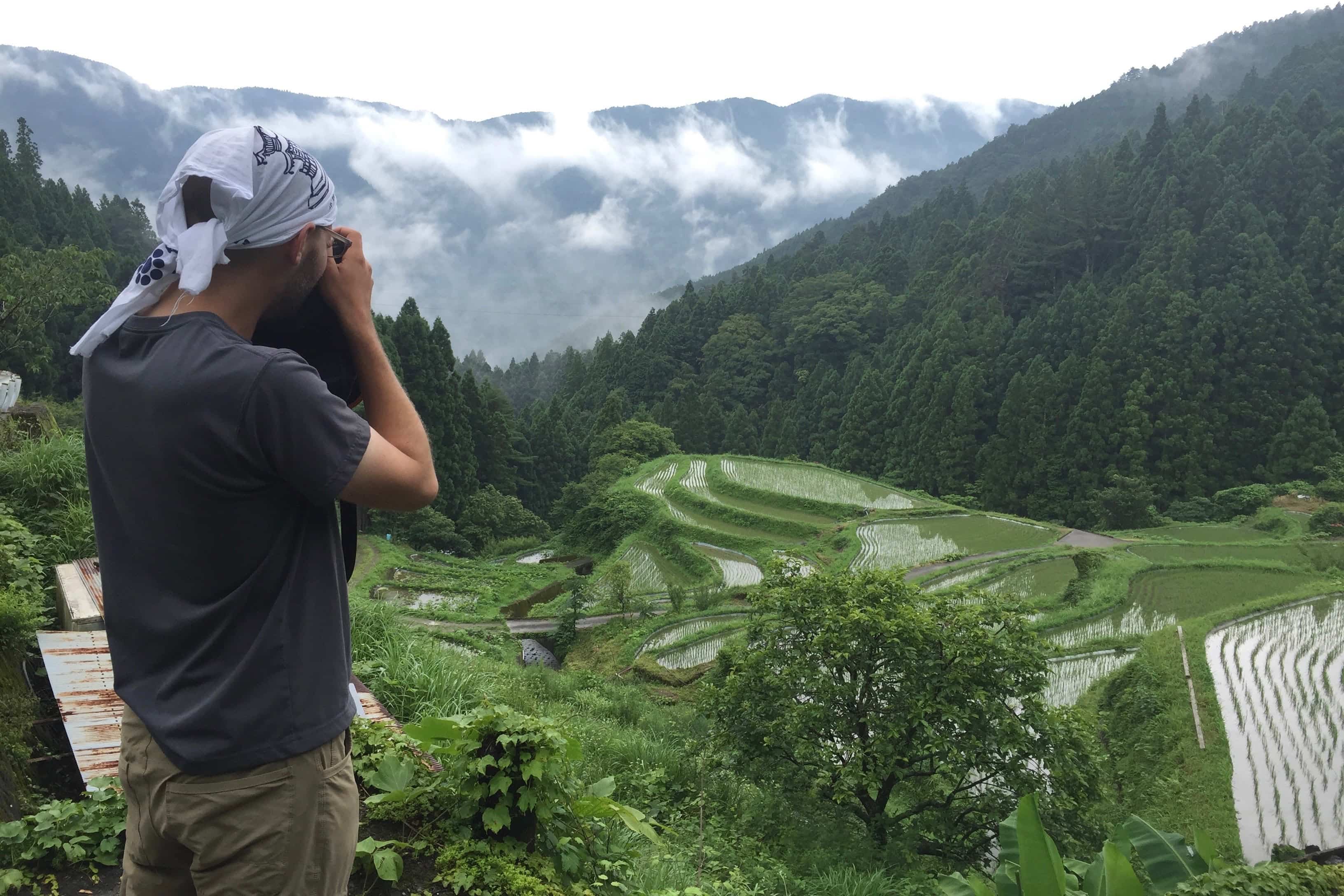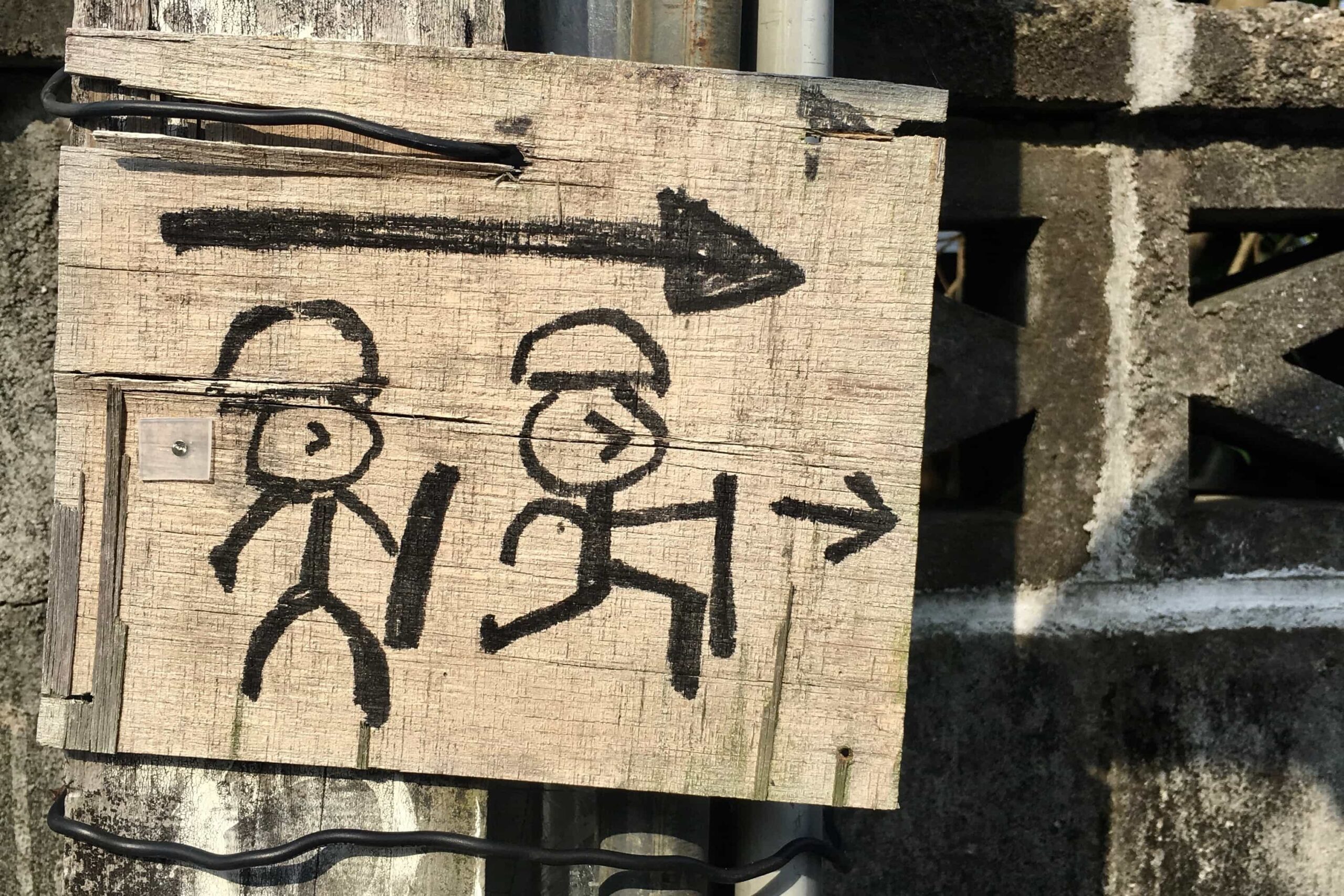Recently I was asked how I manage to capture my adventures without getting overwhelmed and missing out on the present moment. Having lived abroad for over eight years in a state of long-term/slow travel I thought I’d share a few of the things I’ve learnt that help make this possible.
Don’t over plan
Planning a trip can be addictive and fun in itself but if you schedule things too finely you’re likely going to miss out on the serendipitous moments which make travel memorable. You’ll end up going to the same places everyone else does which inevitably leads to disappointment.
Instead, I like to make a general outline of each trip with the start and end points well defined but then keep the rest as flexible as possible. This can seem hard when you’re in a foreign land where you don’t speak the local tongue but remember there’s a huge amount of information online which can help facilitate your trip and it never hurts to ask for help. Leave the guidebook at home.
Quality over quantity

There will always be more to see/do than you have time for and trying to do it all is a fool’s game. Travel is about observation and interaction, neither of which is possible if you’re rushing from place to place without a moment to take any of it in. Completists are no fun.
Anywhere on the tourist trail is likely to be busy and over-exploited so I try to look for places which are off the beaten path. That might be an obscure museum, abandoned temple, or a local neighbourhood yet to be ravaged by gentrification. Let yourself get lost.
Travel light
Ultimately possessions are both a physical and mental burden so the less you bring the more freedom you’ll have. Less to carry, less to get lost, broken or stolen.
Carefully consider every item in your bag and ask yourself whether it’s really essential. Remember, unless you’re truly heading into the wilderness, you’ll likely to be able to buy anything extra you need locally.
Photography

For the same reasons stated above, I don’t want to spend a lot of effort carting around or fiddling with complicated gear. My photography setup consists of a DSLR with a single wide-angle lens and my iPhone/iPad.
I use a great iPhone app called Geotag Photos Pro to capture my location as I’m walking around (I’ve not noticed any significant impact on battery life). At the end of each day, I download the photos to my iPad and then sync the location of each shot automatically using the companion app. This comes in really handy when I’m writing and need to remember the location of a particular shot.
To edit my photos I use a combination of the inbuilt Photos app on iOS and Snapseed. Photos is great for basic things like cropping and colour adjustment while Snapseed has more advanced tools for perspective correction and healing. Nowadays I actively prefer this workflow to using Lightroom on a laptop as it feels far more straightforward and intuitive.
When it comes to technique, my camera is on automatic mode 80% of the time, although I do adjust the aperture to control the depth of field when necessary. I don’t use a tripod but will occasionally rest the camera on a stationary object. I’m never overly concerned about capturing the perfect shot – life is too short!
Writing
I try to write my blog posts as close to the event in question as possible while my memory is still fresh. During my recent pilgrimage in Shikoku, this meant spending 2-3 hours every evening, with the map by my side, to produce around 800 words of narrative.
I write the first draft in Simplenote on my iPad. I like this app because it’s extremely clean and has excellent cloud sync meaning I’m not worried about work getting lost. I usually have a bunch of browser tabs open in the background with research material to help.
I copy-paste the draft into WordPress (which Randomwire runs on), upload the photos and make another round of edits before publishing live. While WordPress has a native app it’s not nearly as usable as the web interface, perhaps with the exception of handling comments.
If you want an easy way to automatically share your posts on social networks and allow your readers to signup for email updates and track stats then it’s worth installing the Jetpack plugin for WordPress which does this and a whole lot more.
Clearly, this is a bit of an undertaking, especially when you’re tired and just want to sleep, but I’ve found it a good way to solidify my thoughts and a good habit to get into. There’s nothing like a deadline to stop a perfectionist from procrastinating!
You might also like to check out the review of outdoor gear I usually carry.


Reply